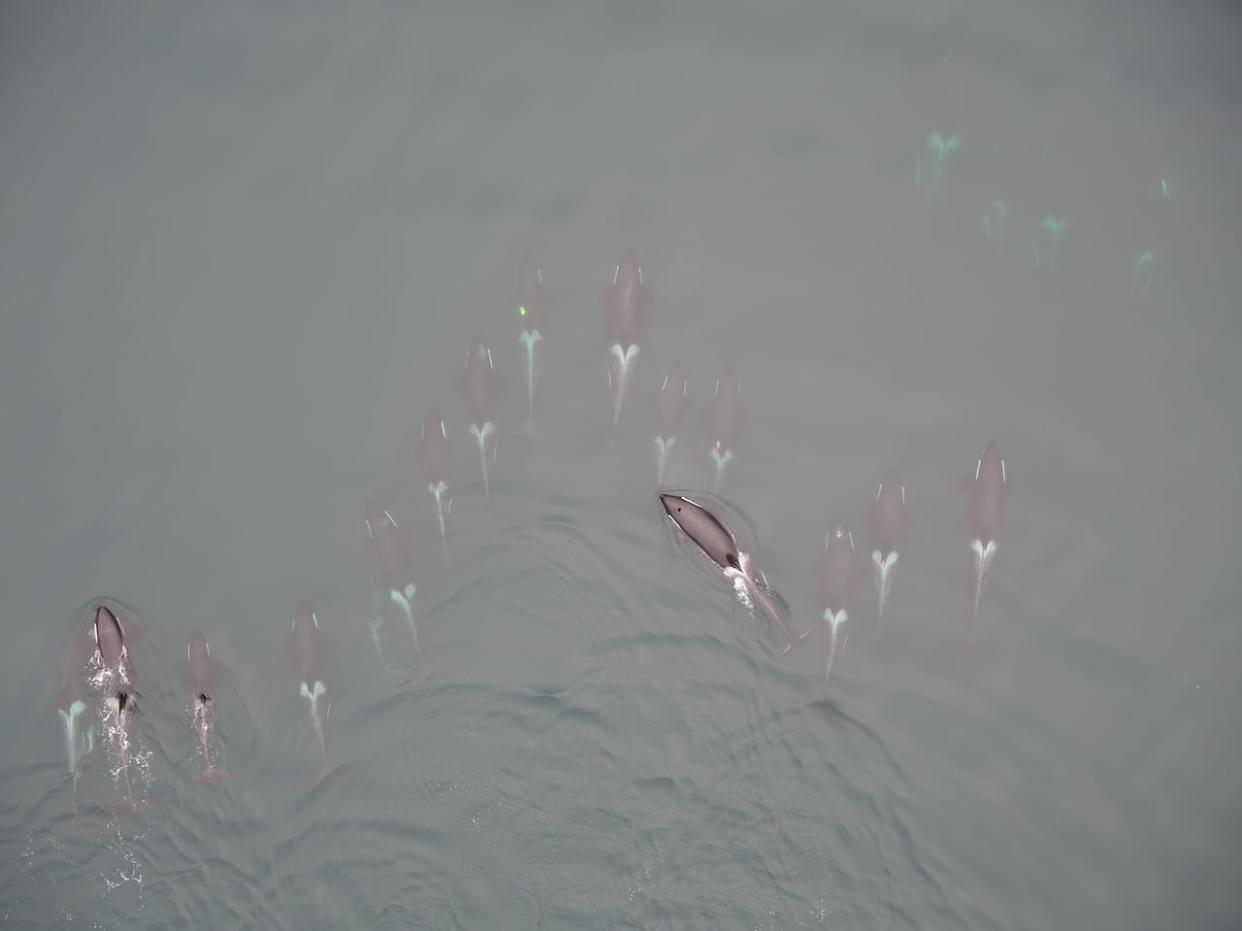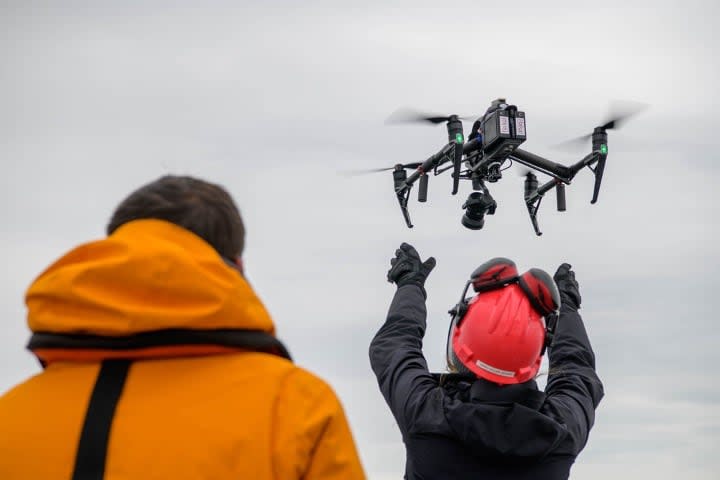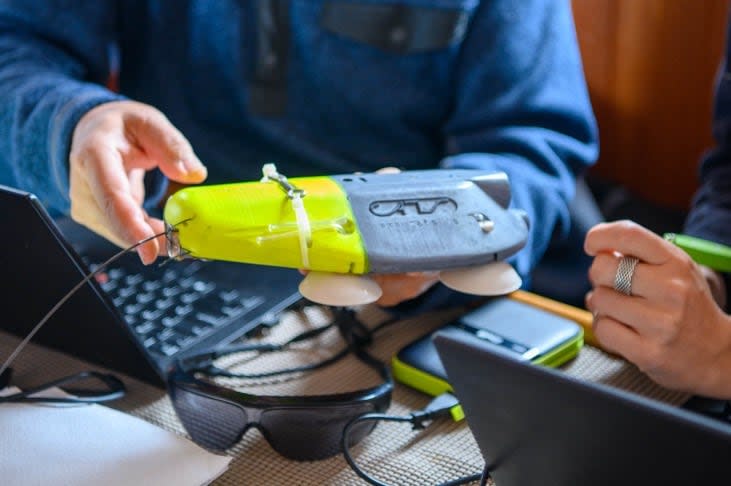B.C. researchers study how orcas breathe

Imagine breathing in, heading out the door, grabbing some food and coming home – all before taking another breath.
That's exactly what orcas do, according to Beth Volpov, a postdoctoral research fellow at the University of British Columbia's Institute for the Oceans and Fisheries.
She's the co-author of new research into the breathing habits of the endangered whale. By tracking 11 orcas, a team of UBC researchers confirmed that the marine mammals take one breath each time they surface between dives.
The research was published in the scientific journal PLOS ONE on Wednesday.
Janine McNeilly, who studied orca bioenergetics at Simon Fraser University, said it offers important clues into what the endangered species needs to thrive.
"It's consistent with [other findings], which means we're on the right track to coming up with a good solution for the southern resident killer whale population," said McNeilly, who was not associated with the study.
Tracking the whales
In August 2020, researchers tracked whales in Queen Charlotte Sound, Queen Charlotte Strait, Johnstone Strait and Juan de Fuca Strait.

University of British Columbia researchers launched drones to capture video of orcas. (Andrew Trites / University of British Columbia)
When researchers spotted a group of whales, they approached in a small boat and waited for the orcas to surface. When an orca rose out of the water, they used an eight-metre carbon-fibre pole to stick a suction-cupped tag near the base of its dorsal fin.
"Tagging killer whales in the wild, it's really exciting and it's really challenging," Volpov said. "It depends on how the weather is, and first you have to find the whales."
These animal-borne tags collected data on the whales including their depth, and carried forward-facing underwater cameras. The tags stayed on the whales for up to about 20 hours before they fell off.
Researchers also followed eight of the whales with camera-equipped drones, to get another view of their behaviour. With this information, researchers were able to better understand whether the orcas were resting, travelling or foraging.

Researchers attached tags to orcas with suction cups. (Andrew Trites / University of British Columbia)
Volpov said the technique isn't perfect, but combining tag data with drone footage gives researchers more insight into orca behaviour than they previously had, adding "there is still some uncertainty, it's still an inference."
Altogether, the team collected data on 8,118 whale dives and collected drone videos on 476 dives. They found they breathe more when they travel, compared to when they dive deep to find food or rest.
Dives lasted anywhere from a few seconds to as long as about eight-and-a-half minutes.
McNeilly called the research "cool," adding "I wish I was out there on the boat."
She says the findings were consistent with a review study she conducted into how orcas expend energy and the availability of their prey.
"I'm very intrigued by the results," she said. "It's good that they match up with my [findings] because I used a completely different method of study."
McNeilly added the research could be stronger if researchers studied more orcas. The group studied consisted mostly of young orcas, as opposed to adults, and most were male.
McNeilly said the study may help researchers identify and protect where whales forage for food.
Knowing how much oxygen orcas need also gives researchers more information on how much energy they use, and the amount of prey they need to thrive.
"There's lots of scientists all over the world working on this problem together," Volpov said. "I'm excited that we're one step closer to figuring out how much fish these whales need to survive."

